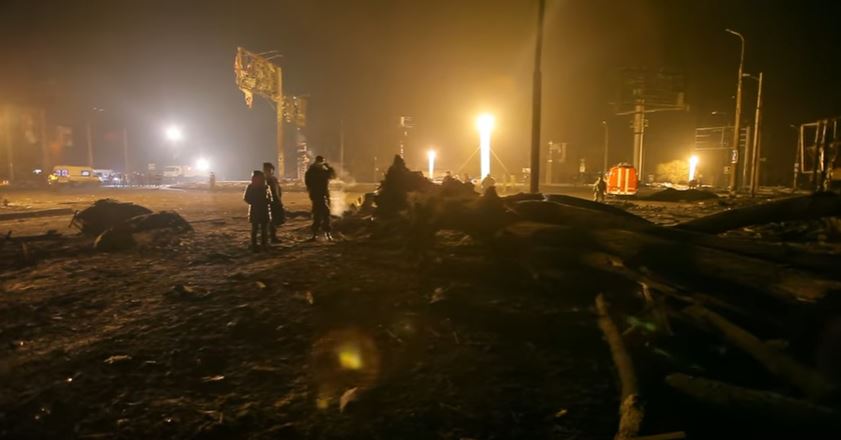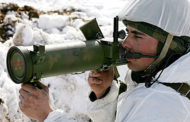Beginning Jan. 29, rockets rained down on residential and military positions along the front line, killing civilians and soldiers alike. One 60-year-old woman was killed in separatist shelling as she walked from her home to a nearby market; a 24-year-old medic was killed when a shell exploded next to the ambulance she was driving. The fighting decimated local water and electricity infrastructure, spawning a renewed humanitarian crisis in the region that could affect hundreds of thousands of people as temperatures dip below 0 degrees Fahrenheit.
It stands to reason that the return to fighting in eastern Ukraine bears some relationship to the political event that preceded it by nine days — the inauguration of Trump as U.S. president. But the influence of Trump’s election on the calculus of war and peace in Donbass cuts both ways. It’s not just Russian aggression that the Trump presidency has stirred up, analysts say. Kiev, too, has become less inclined to compromise as it has grown more uncertain about Washington’s policy toward the conflict.
Until this past week, large-scale fighting had for the most part died down in Donbass since the signing of the Minsk II cease-fire agreement in February 2015. Front-line areas still saw exchanges between government forces and Russian-backed separatists, but nothing that resembled a significant battle.
That changed on Jan. 29, when fighting broke out in the town of Avdiivka. Nearly two dozen civilians and soldiers have died, and many more have been injured in what the Organization for Security and Cooperation in Europe (OSCE) describes as the heaviest shelling it has recorded since the war began in 2014. Now, one week on, Ukrainian forces have solidified their defenses and moved forward the sort of heavy weaponry, including battle tanks, that was supposed to be removed from the front lines as part of the Minsk II Agreement.
The lack of opposition to Poroshenko’s war rhetoric means that many subscribe to the idea that peace can be won only through war. But if the previous Minsk Agreements are any guide, it won’t be Ukraine imposing a settlement on Russia and the separatists: Ukraine was forced to accept the Minsk I and II Agreements on Russia’s terms following massive losses at the hands of Russian units in bloody battles at Ilovaisk and Debaltseve, respectively. Unless a more conciliatory approach takes hold in Kiev, this seems likely to be the paradigm for any peace deal, whenever it is signed.
All of this presents a troubling picture of what the war in eastern Ukraine may become without Washington — and the Ukraine coalition it has led — involved in the peace process. Former Vice President Joe Biden, who handled the Ukraine portfolio for the White House and communicated regularly with Poroshenko, played a moderating role in subduing Kiev’s more hawkish impulses and keeping them committed to the Minsk deal. For the moment, most eyes in Washington and elsewhere alarmed at the recent uptick in violence are trained on what they view as an emboldened Kremlin. But the fighting in eastern Ukraine is complex and as much driven by domestic as international factors. “Right now,” Minakov said, “there is no party of peace in Ukraine.”
- Будь в курсе последних новостей и интересных статей, подписывайся на наш канал «NovorossiaToday»
- Be aware of the current events and interesting articles, subscribe to our channel «NovorossiaToday»
- Pour ne rien manquer de la derniere actualite et des articles interessants, suis notre chaine Telegram en direct«NovorossiaToday»







